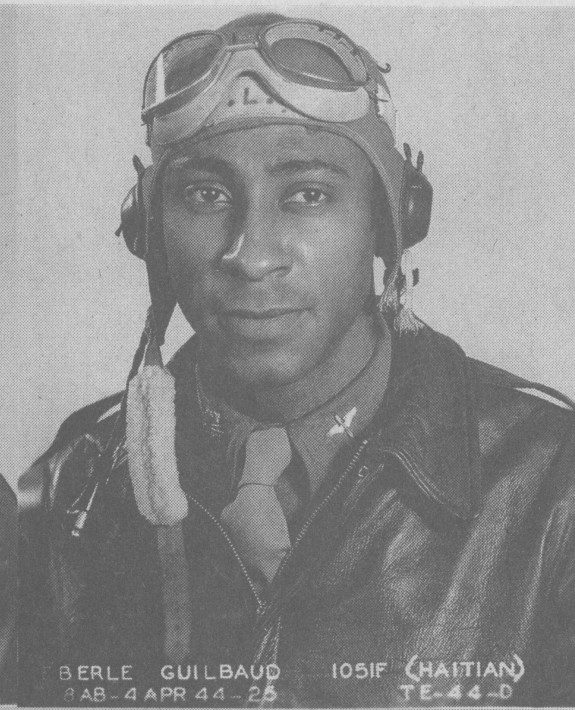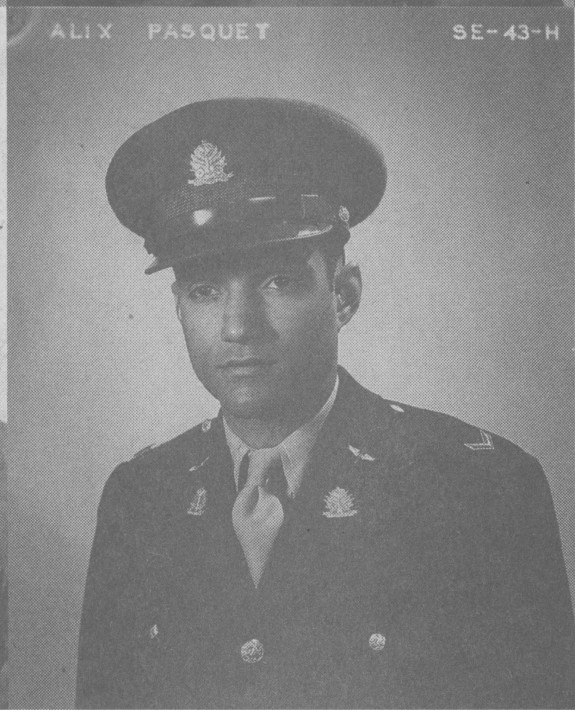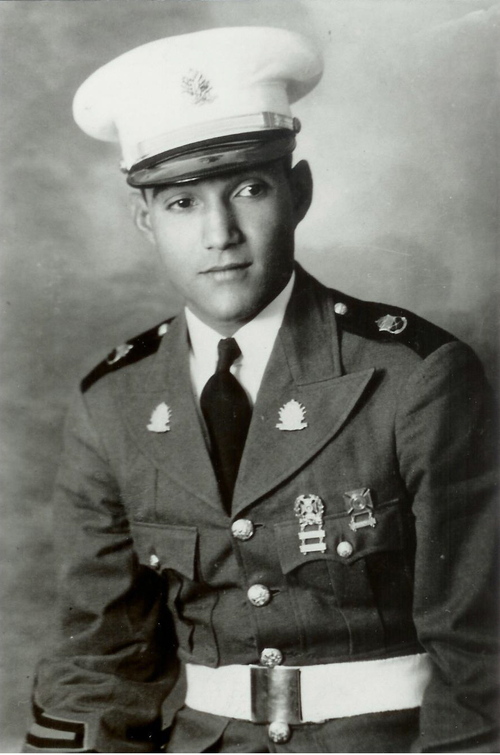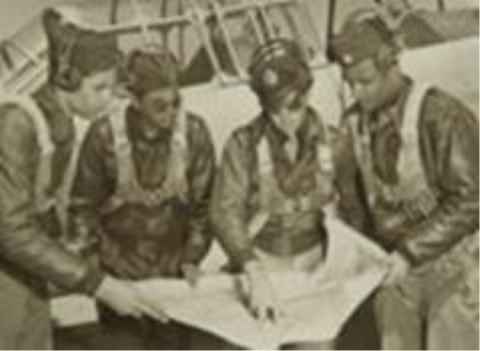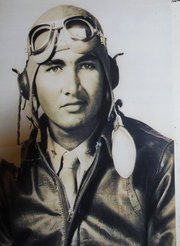Haiti History 101: The Haitian Tuskegee Airmen
Philippe Célestin
Raymond Cassagnol
Eberle J. Guilbaud
Nicolas Pelissier
Alix Pasquet

Like Guilbaud, Célestin (nicknamed Phito, and seen in the little photo to the right) was to meet a terrible end. He was arrested for insubordination under the Francois Duvalier government one day, and was never to be heard from or seen again. Ever. As recounted in the book Haiti After the Duvaliers by Elizabeth Abbott, Pasquet (nicknamed Sonson) died a horrendous death. He was serving as the captain of the Haitian Army, then was exiled. From exile, he gathered up a couple of his army friends in Miami, including 5 Americans and planned an invasion of Haiti to get rid of Haitian president Francois Duvalier. Pasquet and his cohorts landed in St Marc and from there took over the army barracks headquarters in Port-au-Prince, according to the book From Glory to Disgrace: the Haitian army, 1804-1994 by Prosper Avril (a former president of Haiti and also an army officer).But his invasion was soon crushed when an escapee from the army barracks slipped, and someone from Pasquet’s camp sent one of the captives to buy cigarettes. The captive told the president and his men all that he had seen, and from there Pasquet was captured. He was killed along with his brother in law Philippe Dominique and friend Henri Perpignan, themselves two former officers in the Haitian army. Or more precisely, according to the book Red Heat: Terror, Conspiracy, and Murder in the Cold War Caribbean by Alex von Tunzelmann their heads were blown off with grenades. The 5 Americans that Pasquet had hired to take part in the invasion were also killed (shot). Then afterwards, their bodies were ordered to be displayed all over the streets of Port-au-Prince.
It would be years before the accomplishments of the Tuskegee Airmen would be acknowledged. Cassagnol, who would become the only surviving of the Tuskegee Airmen (Haitian or otherwise) was a special guest at the inauguration of US President Barack Obama in 2009. Decades before, he had been honored for his contributions to World War II as a Tuskegee Airman gunpilot in Italy, and years later his achievements were recognized by the USA as were that of Guilbaud and Pasquet. Pasquet’s son accepted his award on behalf of his late father.
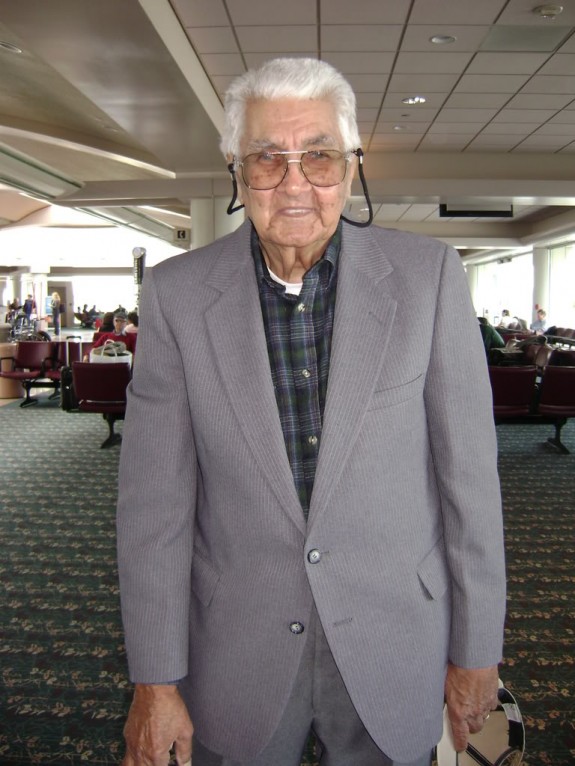
[photo from Obama Inauguration book]Here is a photo of Cassagnol in his later years, at 89 years old, the week of the Obama Inauguration. In April 2010, Cassagnol was again honored with a medal from Congress.
